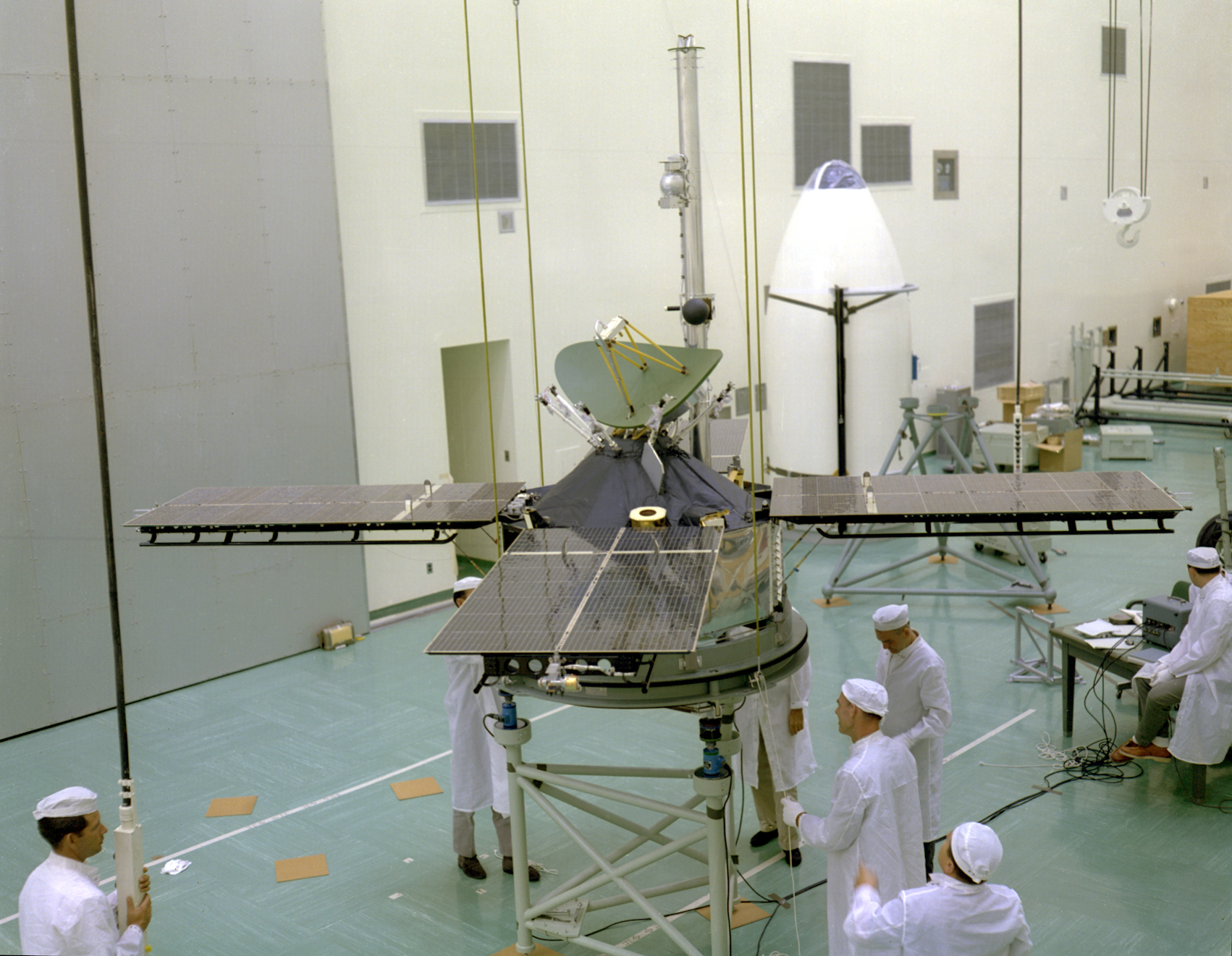Jet Propulsion Laboratory (JPL), in Pasadena, California, is a center for the design and control of robotic spacecraft. The California Institute of Technology manages JPL for the National Aeronautics and Space Administration (NASA). Many JPL probes explore the other planets and moons of the solar system. The laboratory also participates in satellite missions to study Earth’s atmosphere and surface. It operates NASA’s Deep Space Network, a group of ground stations that track space probes and communicate with them.
A few students at the California Institute of Technology established the laboratory in 1936 as a place for rocket research. The laboratory performed research and development work on rockets for the United States Army from 1939 until 1958, when JPL was transferred to NASA.

On Jan. 31, 1958, JPL engineers launched Explorer 1, the first U.S. artificial satellite. From 1962 to 1968, the laboratory guided the Ranger lunar probes and the Surveyor lunar landers, preparing the way for astronauts to land on the moon. Mariner probes controlled by the laboratory visited Venus, Mars, and Mercury in the 1960’s and early 1970’s. The laboratory also participated in the Viking mission, which studied the atmosphere and soil of Mars during the mid-1970’s. It designed the Voyager probes, which flew past Jupiter, Saturn, Uranus, and Neptune in the late 1970’s and the 1980’s.
In the late 1980’s, JPL began launching a series of probes that studied the planets in greater detail. The Magellan spacecraft mapped the surface of Venus from 1990 to 1994. Galileo studied Jupiter and its moons from 1995 to 2003. Cassini began studying Saturn and its moons and rings in 2004. The laboratory also designed and controlled several orbiters and rovers sent to Mars.
